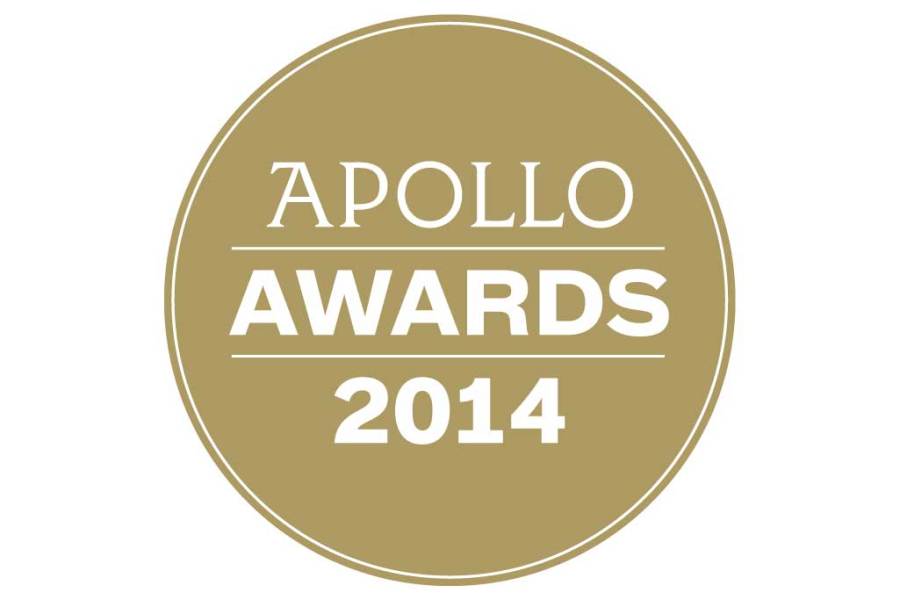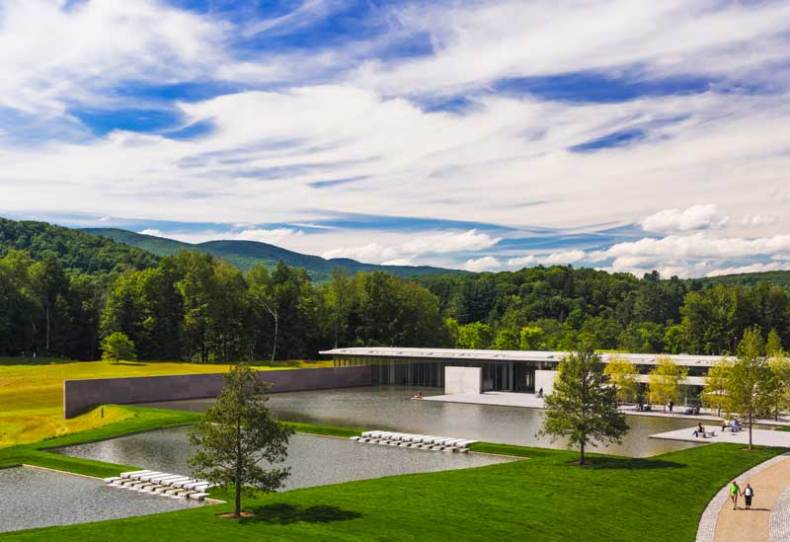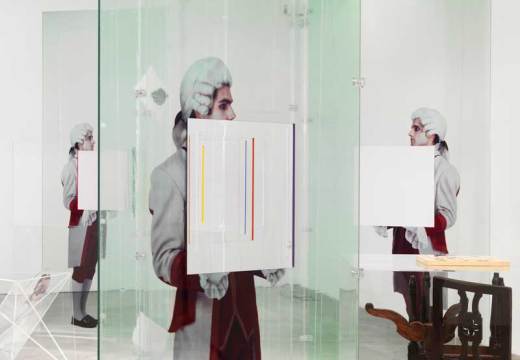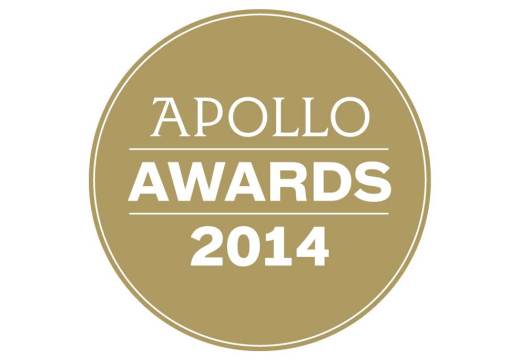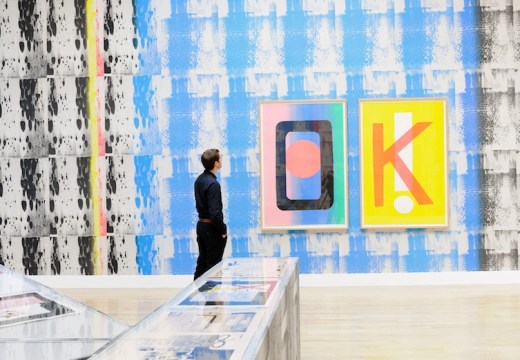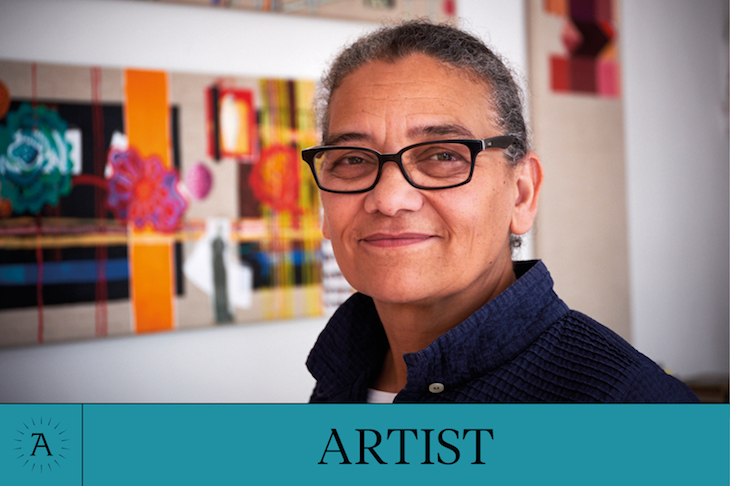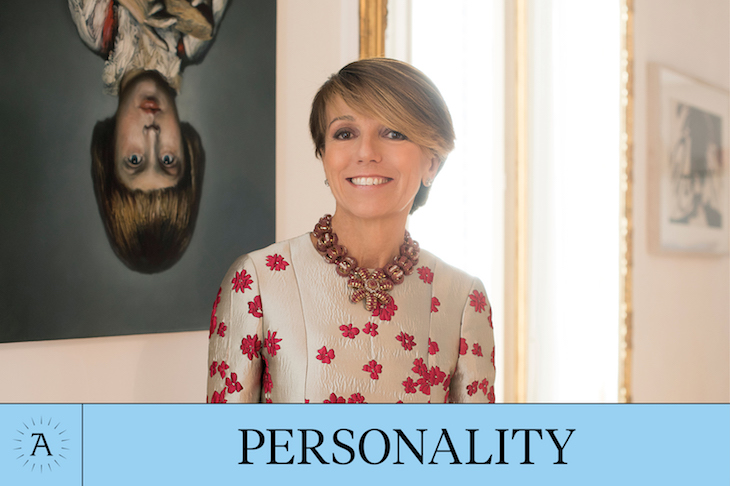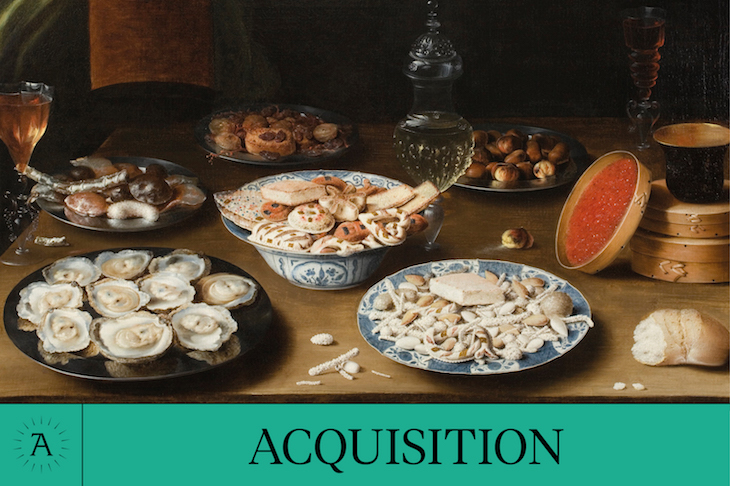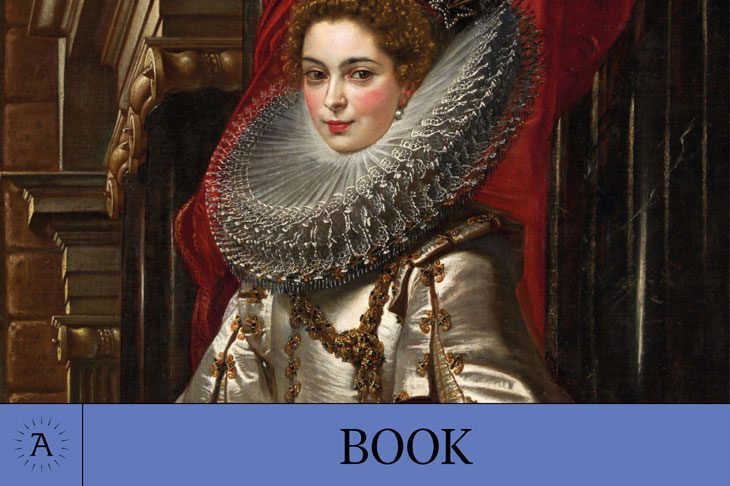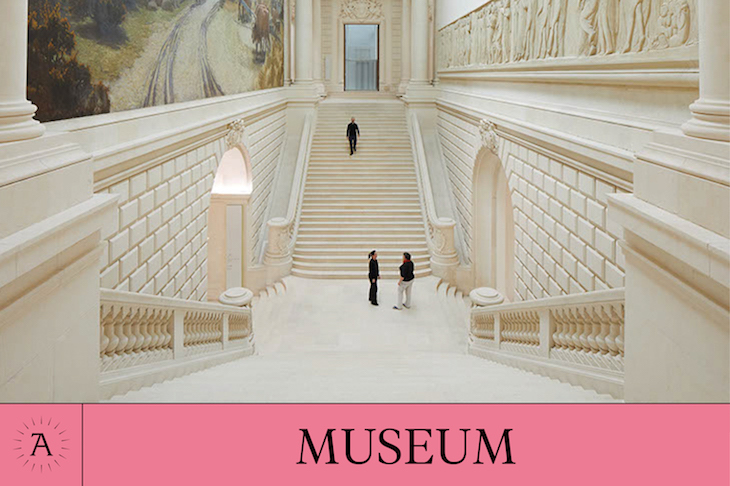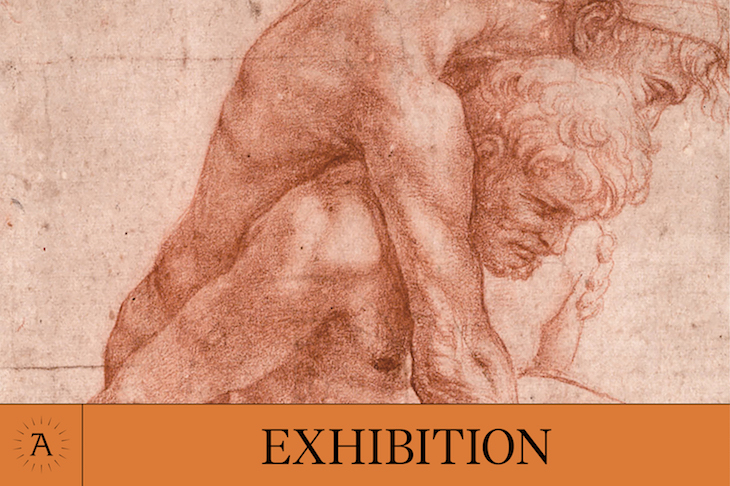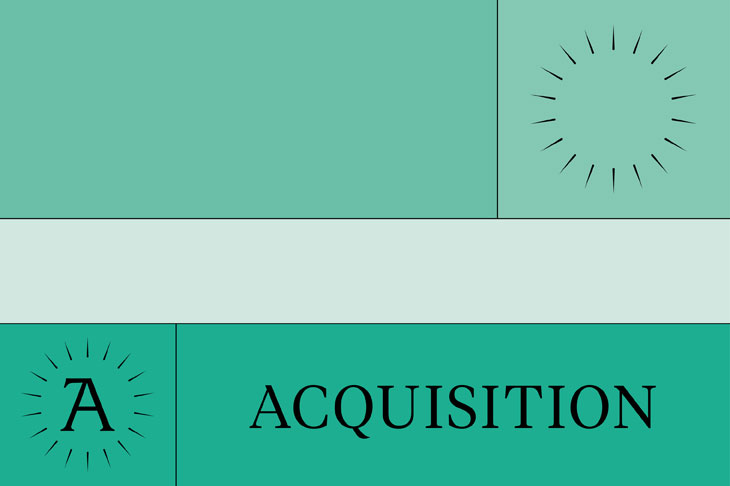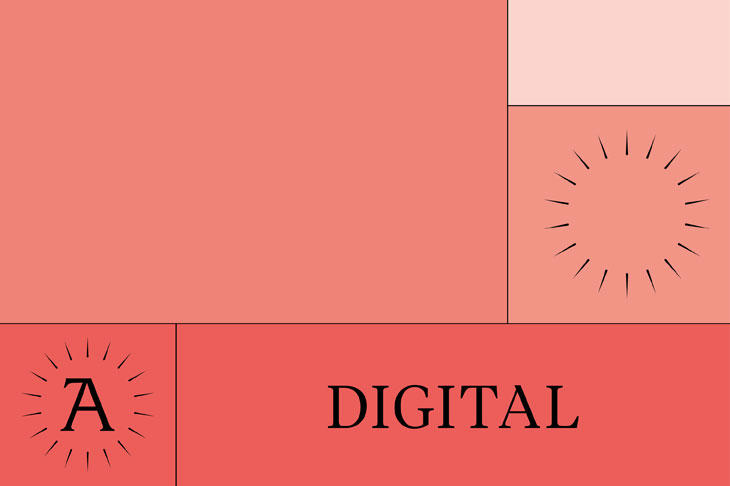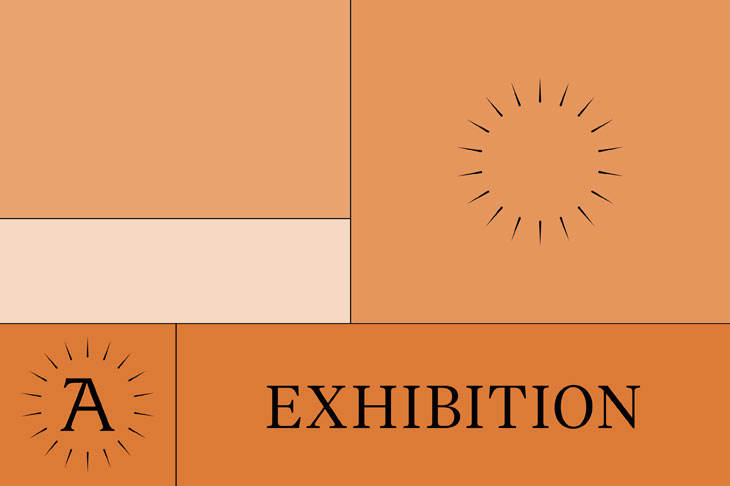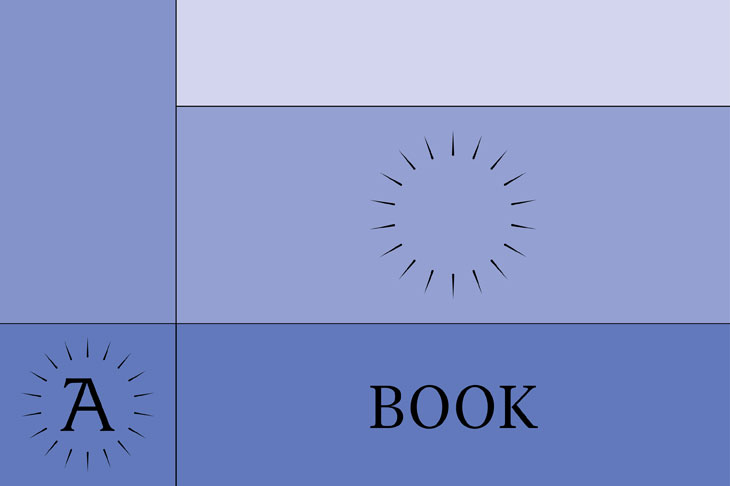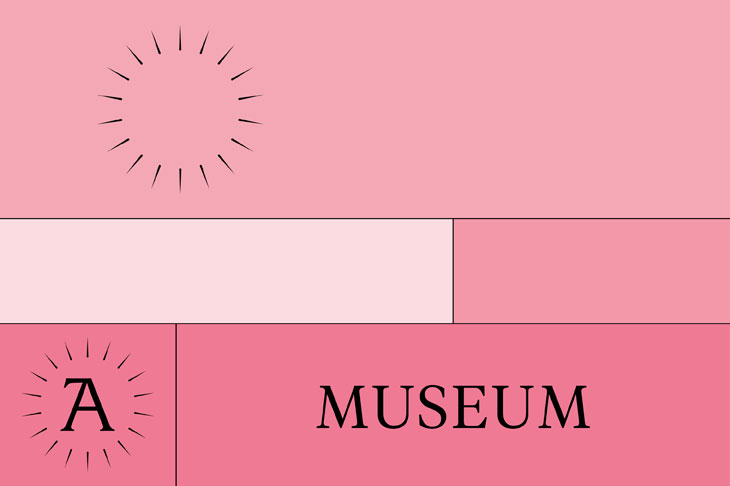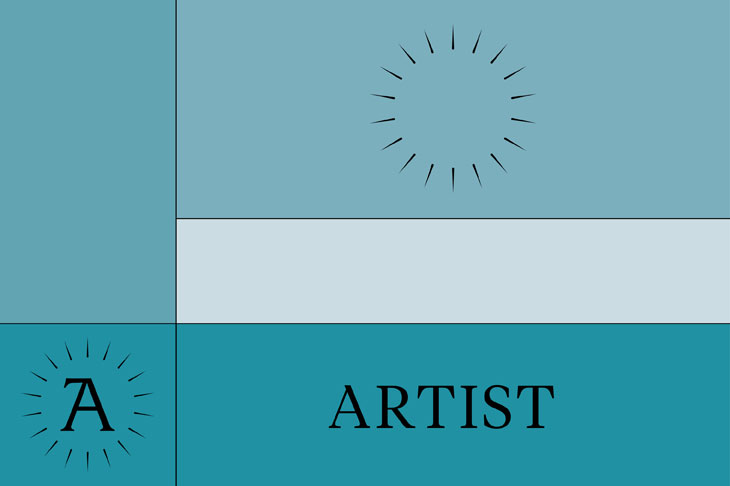The Clark Art Institute
Williamstown, Massachusetts
Apollo Award Winners 2014
Personality | Artist | Museum Opening | Exhibition | Book | Digital Innovation | Acquisition
On 4 July, the Sterling and Francine Clark Art Institute unveiled its elegant new and renovated facilities, consisting of Tadao Ando’s transformative extension and Annabelle Selldorf’s rethinking of the existing museum and research centre buildings. The scheme has also changed the orientation of the whole institute to make it knit with its 140-acre campus in the Massachusetts countryside.
Sterling Clark (1877–1956) and his wife, Francine (1876–1960), assembled their collection over 50 years, building strengths in Old Master and Impressionist paintings, in silver and in porcelain, drawings and prints. The Clarks worked closely with the architect Daniel Perry to ensure that the main galleries, housed in a 1955 neoclassical building, had an intimate, domestic quality. Then in 1973, Pietro Belluschi designed the art research centre (now called the Manton Research Center), a pink granite block. By the end of the century, the institute had outgrown itself, and in 2001 it commissioned a masterplan to reconceive the campus.
At the heart of the plan was the new building, intended to unite the discordant existing buildings as well as to improve the infrastructure. Michael Conforti, director of the Clark since 1994, explains that while they did not want ‘a statement architect’, they did want a building strong enough to ‘survive as an element of architecture’ if there were no people in it. ‘Mr Ando was absolutely that person.’
Ando’s structure for the new Clark Center, with its three exhibition spaces, is apparently simple, a collection of light-filled rooms on the ground floor and in a basement. Two thirds of his building is below ground level, letting in daylight through light wells. His materials are granite, glass, aluminium – and a little of his trademark concrete.
The rest of the museum’s renovation is successful thanks to a close collaboration between the curators and Annabelle Selldorf. She began her work in 2007, with the motto ‘Make it look better without anyone noticing what you have done.’ Director of exhibitions and collections Kathleen Morris and senior curator Richard Rand wanted better circulation. Selldorf reoriented the galleries on to an east-west axis; entry is now straight to a wall of Winslow Homer pictures. The central, top-lit Impressionist Room was critical – ‘Sooner or later you cannot help but come upon that,’ Selldorf says. The display here includes 10 Monet canvases and 32 works from what is one of America’s finest Renoir holdings.
Selldorf’s work has already encouraged gifts including Frank and Katherine Martucci’s of eight landscapes by George Inness, the most significant addition of American art since the museum was founded. ‘Because the project was in progress,’ Morris says, ‘we could discuss with them where we would show them.’ (They hang at the front of the museum, behind the Homers.) The curators also worked with Selldorf to create a new palette. For the Clarks’ early purchases of a fine Piero della Francesca and a Perugino, architect and curators agreed on grey walls; for a little Degas dancer in a room of its own, they went for smoky blue. The Impressionist gallery got a colour named ‘Beguiling Mauve’ because, Morris says, ‘The paintings were painted for people with richly coloured walls – purple, mauve, pink.’
Selldorf is now tackling the Manton building. Here she is creating a new Print Study Center, a public reading area, and galleries for works on paper and to display works from the Manton Collection of British Art received in 2007. The landscape architect Reed Hilderbrand is also overseeing the planting of 1,000 more native trees. Conforti already has his eye on further expansion: ‘I see this as a stage in realising our potential, so the Clark can do much more on the international stage.’
This is an abridged extract from Louise Nicholson’s feature article that first appeared in the July/August 2014 issue of Apollo
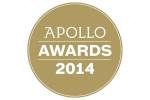
The Apollo Awards 2014
Personality | Artist | Museum Opening | Exhibition | Book | Digital Innovation | Acquisition
Unlimited access from just $16 every 3 months
Subscribe to get unlimited and exclusive access to the top art stories, interviews and exhibition reviews.

